What is Robotic Process Automation?
How does RPA work, how is it used, and what are the pros and cons?

Despite its name, Robotic Process Automation (RPA) doesn’t actually have anything to do with physical robots, and therefore shouldn’t be confused with artificial intelligence.
Rather, the ‘robot’ part of the name refers to software robots, and RPA is the practice of deploying this software to partially or fully automate specific business processes. In most cases, the automated activities are mundane and repetitive ones that would normally be done manually by humans and take up a lot of time.
Gartner predicts that 72% of organisations will start working with RPA within the next two years and classified it as the fastest growing corporate software.
As with all new and advancing tech, RPA has been predicted to take jobs away from workers - especially in factories where a lot of rote tasks are carried out.
However, the purpose of robotic process automation is to simply reallocate time to larger tasks and also refocus workers on customer-facing tasks to deliver superior customer service. It promises to make organisations more efficient by saving the time workers would’ve spent doing these tasks and allowing them to use that time for more intuitive tasks that create better business value, improving both the employees’ lives and business outcomes.
How RPA works
In the last decade, automation has been a staple of business, however, in recent years RPA technology has reached a level of sophistication high enough for it to be deployed with minimum disruption to workflows while, crucially, retaining ease-of-use.
RELATED RESOURCE
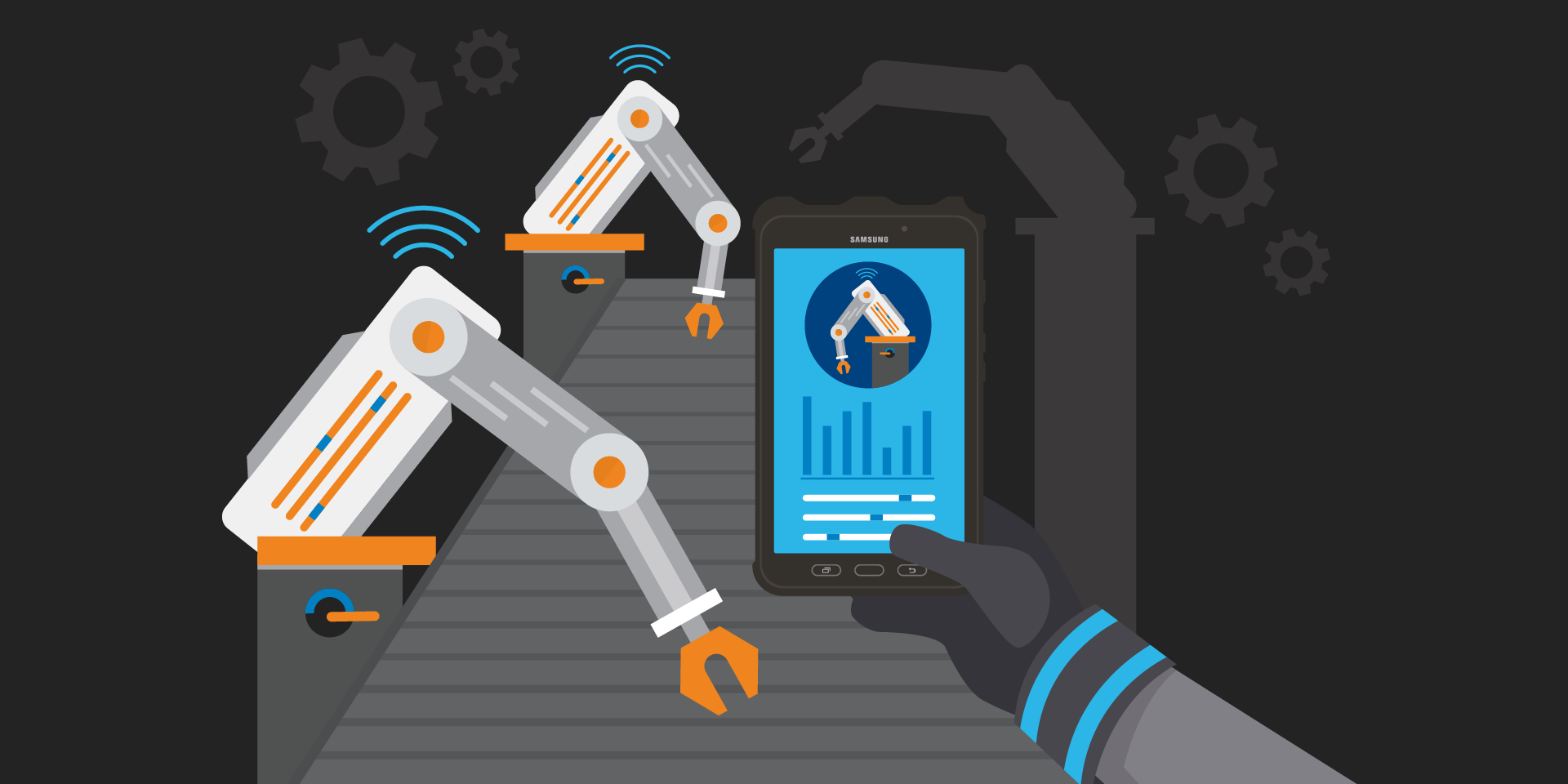
Manufacturing modernisation: How to get there
Get your free guide to modernising your factories with mobile technology
By pulling data from the relevant location, RPA can enter the same applications, traverse the same interfaces, and populate the same data-fields as a human worker. Employees working on computers who were previously clicking, copy and pasting or filling in databases mainly administration and data-manipulation tasks find themselves unshackled. RPA now looks at the screen for them, endlessly completing these time-intensive tasks and increasing overall work output.
Get the ITPro daily newsletter
Sign up today and you will receive a free copy of our Future Focus 2025 report - the leading guidance on AI, cybersecurity and other IT challenges as per 700+ senior executives
The maturation of RPA is seeing it converge with other technologies, namely AI and machine learning, opening up a wealth of further possibilities and allowing it to enter the mainstream. It is versatile enough to be used in a business of any size, from startups to global enterprises.
RPA use cases
The automation trend originated with the industrial revolution and is presently leading towards "near-universal adoption" of RPA across businesses in the next five years, according to Deloitte. This coincides with a societal shift towards the widespread acceptance of automation. As we lean more heavily on RPA and related technologies, its usage will only increase.
From the same global survey, Deloitte also found that 53% of respondents were found to have already started their RPA journey, with this figure predicted to rise to 72% over the next two years.
One case study which catches the eye is the healthcare industry. In the UK, the NHS employs over 200,000 staff to support their infrastructure, the bulk of this figure stationed at a computer to complete repetitive tasks at least a portion of the time. That's a monumental 200,000 employees in one organisation alone who will be supported by RPA, permitting them to pursue other tasks.
Regarding clinical staff specifically, a recent study found that 43% of a physician's time is spent on data entry. With RPA able to handle this menial task, physicians can instead focus their energy on the medical element of their job, the one which provides most benefits to patients.
Pros and cons of RPA
The potential for RPA has IT decision makers across the globe running to their CEO's office, or better still, picking up the phone to vendors. The principal motivator is that the technology works.
Set-up costs may be a tough pill to swallow initially, but it won't be long until businesses begin seeing a decent return on their investment, due to increased productivity and reduced errors. RPA also frees labour, allowing employees to prioritise and devote more time to serving customers or other high-value work, which brings about further efficiencies. Regarding employees themselves, increased job satisfaction is reported as the automaton is separated from the human.
A big relief for IT departments will be that existing tools and IT infrastructure aren't altered by introducing RPA. As RPA only addresses the presentation layer, it doesn't have to delve into the complex murk of underlying systems, making it simple and relatively quick to implement. Still, that isn't to say that expert knowledge isn't needed for the set-up.
Further limitations do restrain RPA. If anything changes with the interface, or in fact, any aspect of the legacy application that the automation software is navigating, it can break. Unless the interface itself is modern and flexible, RPA will likely harbour a certain brittleness.
RELATED RESOURCE

Manufacturing modernisation: How to get there
Get your free guide to modernising your factories with mobile technology
Another drawback is that RPA, for all the genius in the simplicity of its processes, can only deal with a restricted range of tasks. As it isn't self-learning, it needs rules to follow, and therefore, as rules and systems are updated, RPA has a shelf-life.
To this, it must be said that deploying RPA is merely the first step towards change. Automating a process solves only the problem at hand, rather than the fundamental method. Using RPA alongside other digitisation tools can form better processes which have a lasting effect. Here, vendors are beginning to do the hard work for us by integrating RPA with AI and machine learning to open up new possibilities.
It is difficult to say what the future holds for RPA. Integration with other technologies can literally lead in any direction. But one thing we know for sure is that it isn't going away anytime soon.
-
 Businesses are taking their eye off the ball with vulnerability patching
Businesses are taking their eye off the ball with vulnerability patchingNews Security leaders are overconfident in their organization’s security posture while allowing vulnerability patching to fall by the wayside.
By Jane McCallion Published
-
 Global cybersecurity spending is set to rise 12% in 2025 – here are the industries ramping up investment
Global cybersecurity spending is set to rise 12% in 2025 – here are the industries ramping up investmentNews Global cybersecurity spending is expected to surge this year, fueled by escalating state-sponsored threats and the rise of generative AI, according to new analysis from IDC.
By Ross Kelly Published
-
 Can robots work safely alongside humans? This one industry leader thinks we're not far away
Can robots work safely alongside humans? This one industry leader thinks we're not far awayNews Humanoid robots and people will be able to work truly side-by-side this year, according to the CEO of one leading robotics company.
By Nicole Kobie Published
-
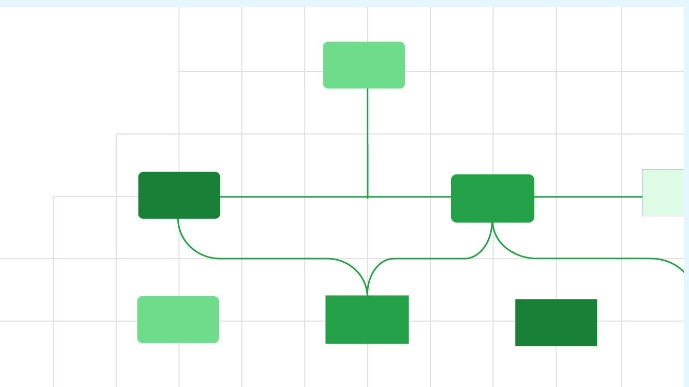 The power of AI & automation: Proactive IT
The power of AI & automation: Proactive ITWhitepaper Automation strategies to dynamically and continuously assure cost-effective application performance
By ITPro Published
-
 Magic Quadrant for enterprise conversational AI platforms
Magic Quadrant for enterprise conversational AI platformsWhitepaper An evaluation of the conversational AI platform (chatbot) market
By ITPro Last updated
-
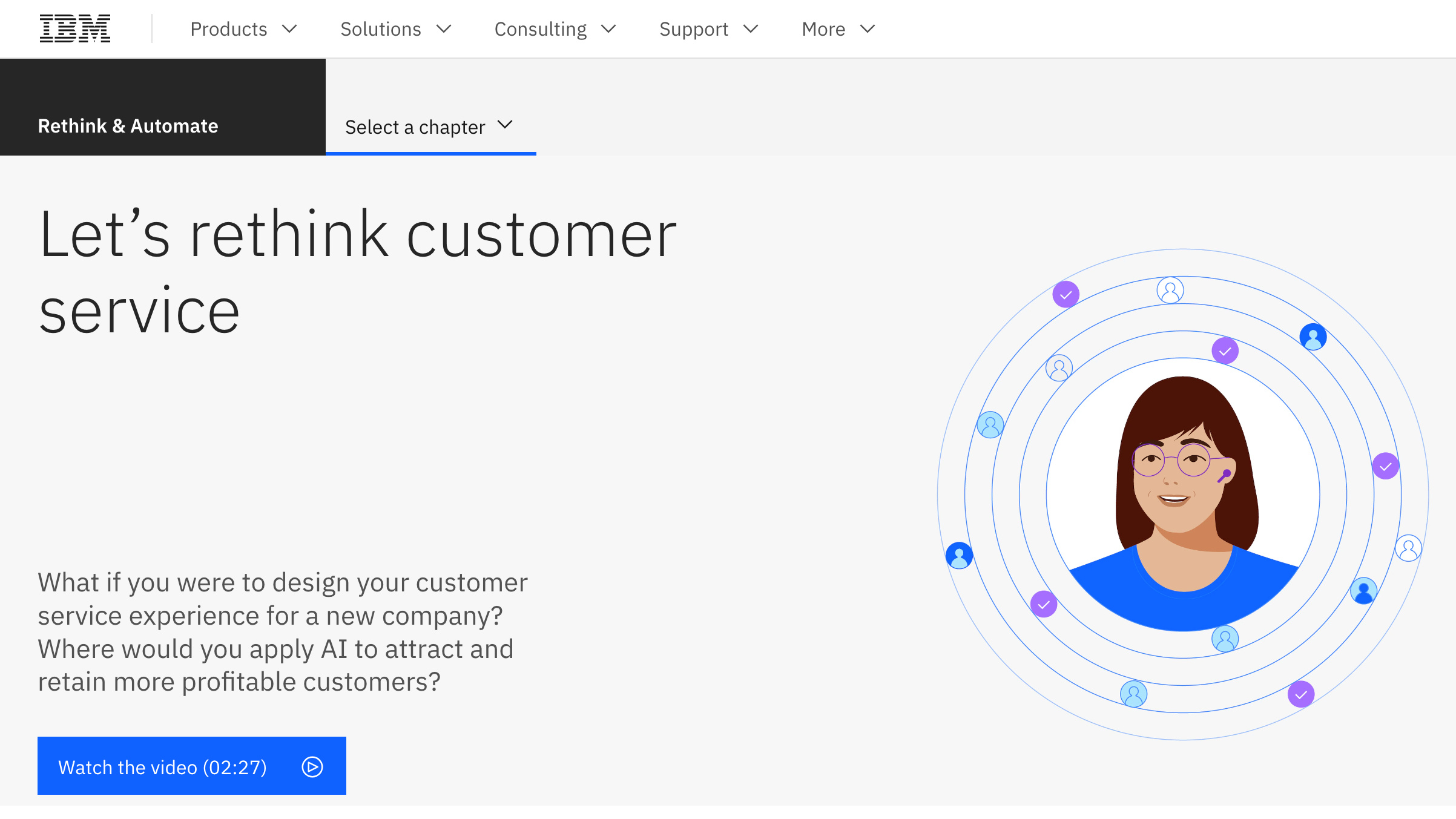 Let's rethink customer service
Let's rethink customer servicewhitepaper Discover new ways to improve your customer service process
By ITPro Published
-
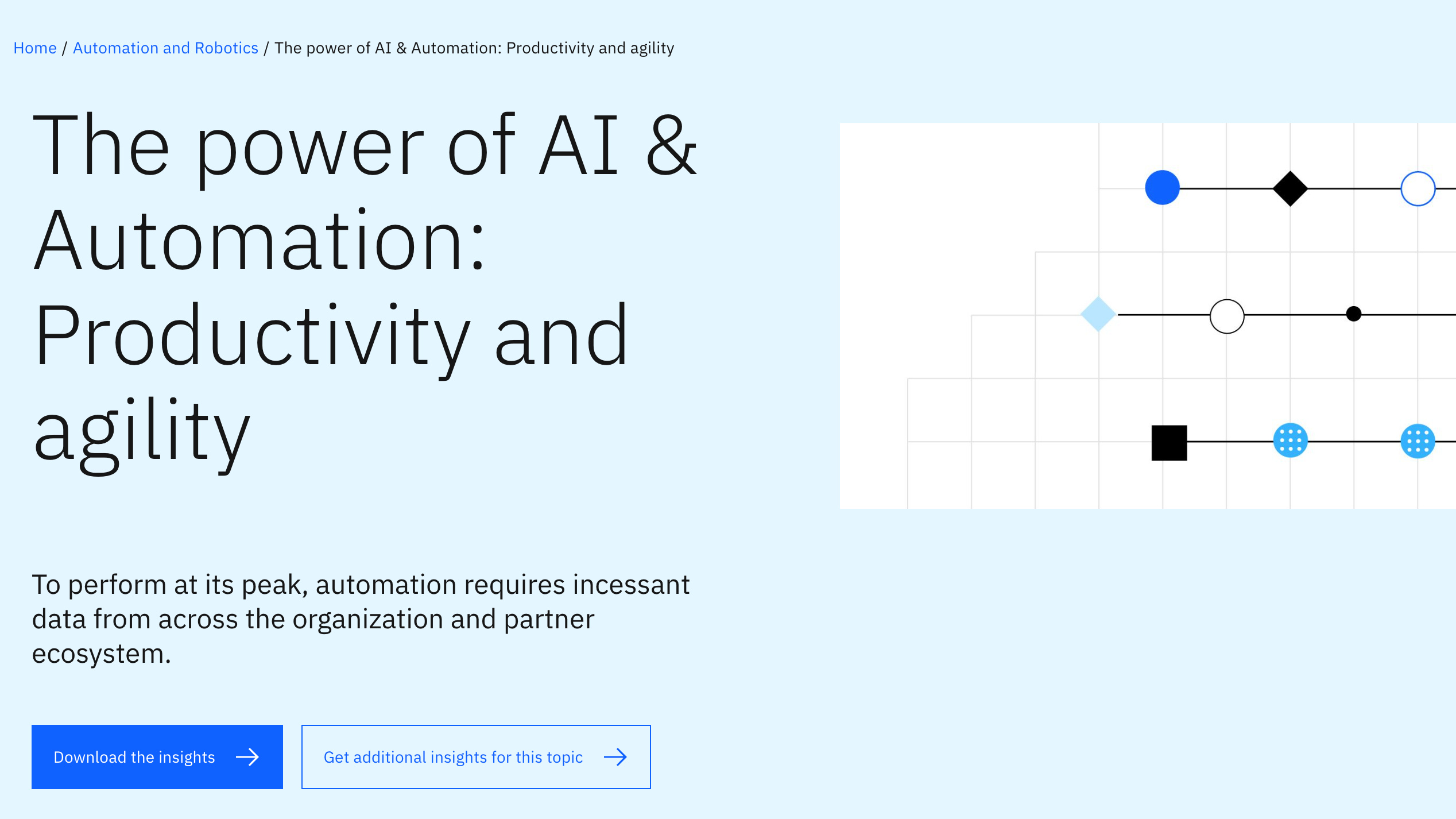 The power of AI & automation: Productivity and agility
The power of AI & automation: Productivity and agilitywhitepaper To perform at its peak, automation requires incessant data from across the organization and partner ecosystem
By ITPro Published
-
 Digitization solves manufacturing’s five toughest challenges
Digitization solves manufacturing’s five toughest challengesWhitepaper Discover the technology trends that overcome manufacturing’s challenges, from cyber resilience to breaking free from legacy technology
By ITPro Published
-
 The four pillars of excellence for technology leaders
The four pillars of excellence for technology leaderswhitepaper Download this CIOs business case for integration and automation
By ITPro Published
-
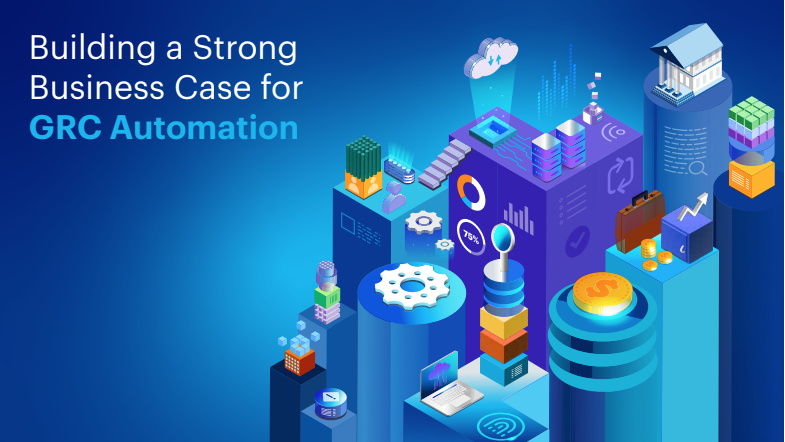 Building a strong business case for GRC automation
Building a strong business case for GRC automationwhitepaper Successfully implement an innovative governance, risk & compliance management platform
By ITPro Published